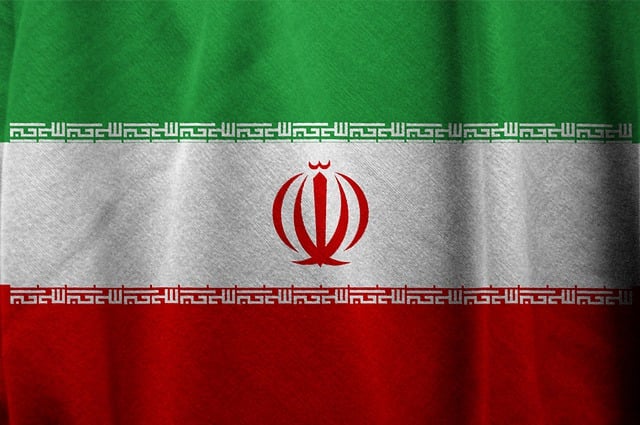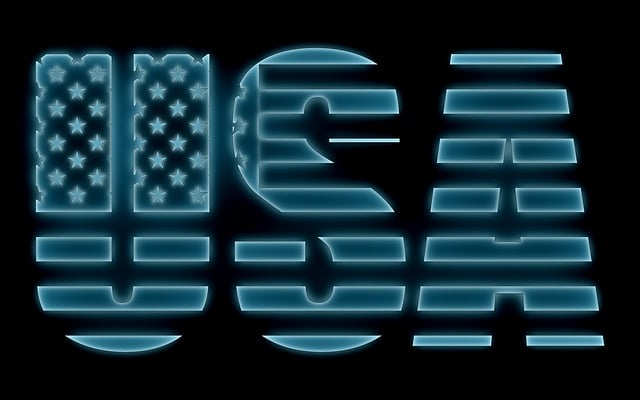The We the People American Flag, with its 50 stars and 13 stripes, is a powerful symbol of unity, democracy, and shared values in America. Representing equality, liberty, and justice, this flag embodies the nation's core principles and serves as a reminder of citizens' active role in governance. Its evolution reflects the diverse history and aspirations of Americans, fostering pride, patriotism, and civic engagement while inspiring future generations to uphold democratic ideals.
“Uniting a nation, symbolizing freedom—the American Flag stands as an iconic representation of We the People, the very foundation of American democracy. This article explores the profound symbolism and historical significance woven into the fabric of our nation’s symbol. From its colorful design to its role in modern culture, we delve into how the flag embodies unity, equality, and the spirit of We the People. Discover the enduring importance of this powerful emblem in shaping America’s identity.”
- The Symbolism of We the People: A Foundation of Democracy
- The American Flag: A Living Tapestry of Unity
- Historical Significance: How the Flag Represents Our Nation
- Design and Colors: Decoding the Message of Equality
- The Role of the Flag in Modern American Culture
- Preserving Unity Through Symbolism: The Ongoing Importance of We the People
The Symbolism of We the People: A Foundation of Democracy

“The concept of We the People is a cornerstone of American democracy, encapsulated and symbolized by the very fabric of our nation: the American Flag. This iconic banner, with its 13 stripes representing the original colonies and 50 stars for each state, serves as a powerful reminder of unity. When we raise the flag, we honor not just a piece of cloth but the collective spirit of equality, liberty, and justice that binds us together.
The words We the People etched in our Constitution signify the democratic essence of America—a government ‘of, by, and for’ its citizens. This simple yet profound phrase emphasizes the active participation of every individual in shaping their nation’s future. Just as the flag waves proudly in the wind, so should the principles it stands for—democracy, freedom, and unity—be an enduring force that continues to inspire generations.”
The American Flag: A Living Tapestry of Unity

The American Flag, with its vibrant red, white, and blue stripes and 50 stars, is more than just a piece of fabric; it represents the collective spirit of We the People. Each stripe symbolizes the original thirteen colonies that fought for independence, while the stars represent the union of all states in the United States. This iconic symbol embodies the principles of democracy, liberty, and freedom upon which the nation was founded.
The design of the flag has evolved over time as new states joined the Union, reflecting a living tapestry of unity. It serves as a powerful reminder of shared history, values, and aspirations that unite Americans from all walks of life. The We the People ideal is woven into every thread of this tapestry, highlighting the enduring commitment to democracy and the diverse yet interconnected fabric of American society.
Historical Significance: How the Flag Represents Our Nation

The We the People ethos, enshrined in the U.S. Constitution, finds its most tangible embodiment in the American flag. Each star and stripe represents a state and the collective liberties we hold dear, symbolizing our nation’s unity and democratic ideals. The design, with 50 stars for each state, evolved over time to reflect the growing union, serving as a powerful visual reminder of our shared history and aspirations.
The flag acts as an iconic symbol, evoking a sense of patriotism and national identity. It stands for freedom, equality, and justice—core values upon which America was founded. When unfurled during gatherings or displayed in homes, it becomes a beacon, uniting citizens under a common banner and fostering a collective sense of pride and purpose, reinforcing the enduring principles of democracy that define our nation.
Design and Colors: Decoding the Message of Equality

The We the People American flag, with its vibrant red, white, and blue design, is more than just a symbol; it’s a powerful representation of democracy and equality. The colors hold deeper meanings, each stripe symbolizing freedom and the stars representing unity and the diversity of the nation. This flag is a testament to the ideals upon which America was founded – liberty, justice, and egalitarianism.
By deciphering the design and colors, we uncover a message of inclusivity and equality for all citizens. The 50 stars, arranged in a unique pattern, highlight the unity of the states, while the 13 stripes remind us of the original colonies, symbolizing the collective struggle for independence and freedom. This flag serves as a reminder that despite differences, Americans share common values and a commitment to democracy.
The Role of the Flag in Modern American Culture

The We the People ethos, enshrined in America’s founding document, is symbolized and embodied by the American Flag—a powerful representation of unity and democracy. In modern American culture, the flag serves as a universal symbol of national identity and pride. It hangs prominently in public spaces, homes, and sporting events, fostering a sense of community and shared values among its citizens. The stars and stripes evoke emotions ranging from patriotism to nostalgia, reminding folks of their rights and freedoms guaranteed by the Constitution.
Beyond its aesthetic value, the flag functions as a catalyst for civic engagement. It encourages conversations about American history, diversity, and the ongoing struggle for equality. The sight of the We the People flag unfurled can inspire individuals to participate in democratic processes, exercise their right to vote, and contribute to their communities, reinforcing the very foundations upon which the nation was built.
Preserving Unity Through Symbolism: The Ongoing Importance of We the People

The concept of “We the People” is a cornerstone of American democracy, symbolizing the unity and collective power of its citizens. This phrase, found in the opening of the U.S. Constitution, embodies the idea that the strength and resilience of America lie in its diverse populace. The American Flag, with its stars representing each state and its stripes symbolizing the broken chains of tyranny, is a powerful visual representation of this unity. It serves as a reminder that despite differences, Americans share a common bond—a commitment to liberty and justice for all.
Preserving this sense of unity is an ongoing process, especially in today’s diverse and often divided social climate. “We the People” remains relevant because it encourages inclusivity and reminds Americans of their shared responsibility to safeguard democracy. By recognizing and celebrating our differences while acknowledging our commonalities, we can continue to honor the spirit behind both “We the People” and the American Flag—a symbol that unites us all under a single nation.
